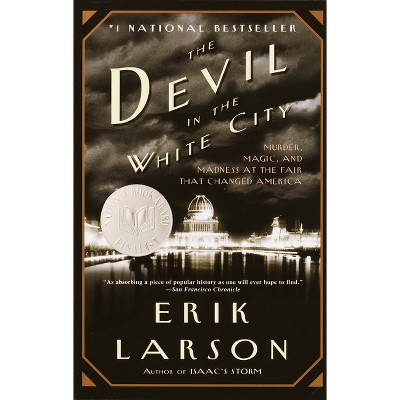About this item
Highlights
- For thousands of years, humans coped with heat by harvesting and storing natural ice and devising natural cooling systems that utilized ventilation and evaporation.
- About the Author: Carroll Gantz is a professional industrial designer who holds several dozen patents.
- 280 Pages
- History, General
Description
About the Book
"Humans coped with heat by harvesting ice and devising cooling systems that utilized ventilation and evaporation. By mid 1800s, they developed machines to manufacture ice. By early 1900s, engineers developed refrigerators, which by 1927 were affordable household appliances. Today refrigeration preserves food for worldwide distribution, makes tropical climates habitable, saves lives with medical applications and enables space flight"--Book Synopsis
For thousands of years, humans coped with heat by harvesting and storing natural ice and devising natural cooling systems that utilized ventilation and evaporation. By the mid 1800s, people began developing huge refrigeration machines to manufacture ice. By the early 1900s, engineers developed electric domestic refrigerators, which by 1927 were affordable convenient household appliances.
By then, an increasingly sophisticated public demanded more modern-looking appliances than engineers could produce, and a new breed of designers entered the manufacturing world to provide them. During the Depression, modern designs not only increased sales but resulted in the kitchen appliances we now use. Today refrigeration preserves perishable food for worldwide distribution, makes tropical climates habitable for millions, saves lives with medical applications and enables space flight.
Review Quotes
"Gantz is highly knowledgeable...vividly recreates the era of the icebox"-Wall Street Journal; "readers will learn about a number of different topics...readable narrative...recommended"-Booklist.
About the Author
Carroll Gantz is a professional industrial designer who holds several dozen patents. A long-time Black & Decker design director, and a Carnegie Mellon University professor, he is a past president of the Industrial Designers Society of America (IDSA). He lives on Seabrook Island in South Carolina.Shipping details
Return details
Trending History












